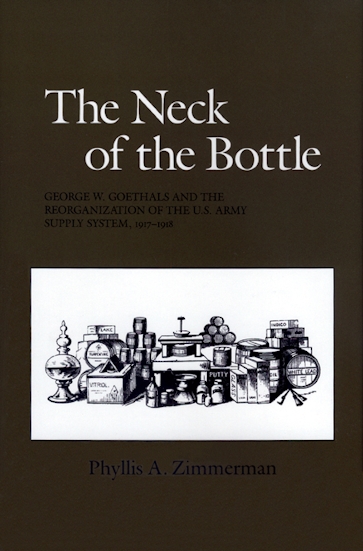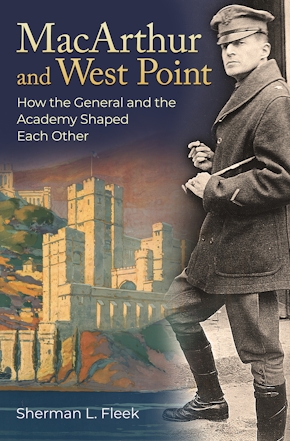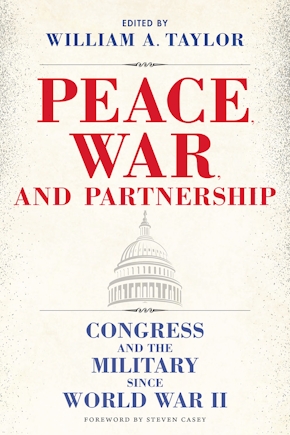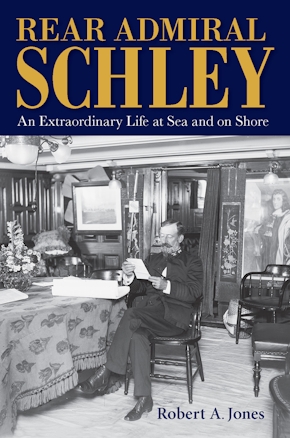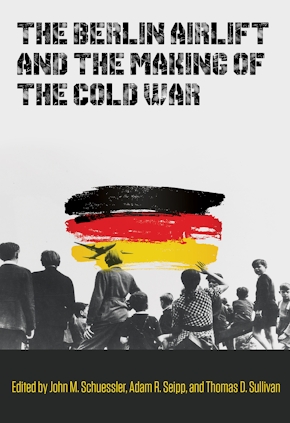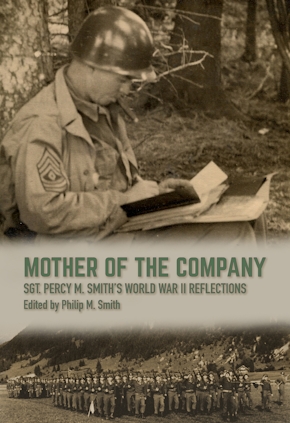The Neck of the Bottle
George W. Goethals and the Reorganization of the U.S. Army Supply System, 1917-1918
978-0-89096-515-3 Cloth
6 x 9 x 0 in
216 pp.
Pub Date: 12/01/1992
Available
BUY NOW
- Cloth $41.95 s
Goethals was recruited to manage the military mess that existed in 1917. He has been credited by historians with producing a virtual managerial revolution by his dramatic and drastic reorganization of the War Department's supply apparatus and combining of bureaus into a single division for purchase, storage, and traffic. But while this evaluation is not totally wrong, Phyllis A. Zimmerman concludes in this first large-scale study of his efforts, it has overestimated Goethal's contribution to order and efficiency. She demonstrates that the U.S. Army's attempt to reorganize to face the requirements of twentieth-century warfare came to virtually nothing.
Military historians, political scientists, and students of public administration will find this revisionist look at Goethals and his work a significant contribution to the understanding of the course of World War I, the problems of reforming military structure, the politics of the Wilson administration, and the inertia and power of resistance of bureaucracies generally. Satirists have been known to squib the Army for supplying soldiers with the wrong things at the wrong time. In a new book, The Neck of the Bottle: George W. Goethals and the Reorganization of the U.S. Army Supply System, 1917-1918, Phyllis A. Zimmerman describes the efforts of one man to bring modern and rational order to the U.S. Army's supply system.
George W. Goethals, a West Point graduate who led the Corps of Engineers in the Panama Canal construction, was recalled from retirement to deal with the bottleneck in mobilizing the army for world war. Goethals was a hero for his Panama Canal feat, but Theodore Roosevelt had given him sole authority over the project. President Wilson, however, had various committees working under separate authority. Assigned initially to the Emergency Fleet Corporation, Goethals clashed with other committee heads over the issue of wooden versus steel ships. Politics, divided authority, and utter chaos marked the World War I mobilization efforts, and Goethals was forced out of the EFC. He was soon invited back to reorganize the Army supply system.
Army supplies were obtained by five bureaus, headed by five fiercely independent chiefs. Goethals had had success with central control of the Panama Canal project, so his plan for Army supply was to centralize, coordinate, and modernize. The bureaus were entrenched in old traditions, however, and resented the impending loss of power. Historians have regarded Goethals as the man who revolutionized Army supply, but as Zimmerman argues here in the first large-scale study of his efforts, the war ended abruptly, with Goethals's grand scheme still mostly on paper, untested in the field and abandoned in the rush to demobilize.
Williams-Ford Texas A&M University Military History Series
About the Author
Published by Texas A&M University Press
